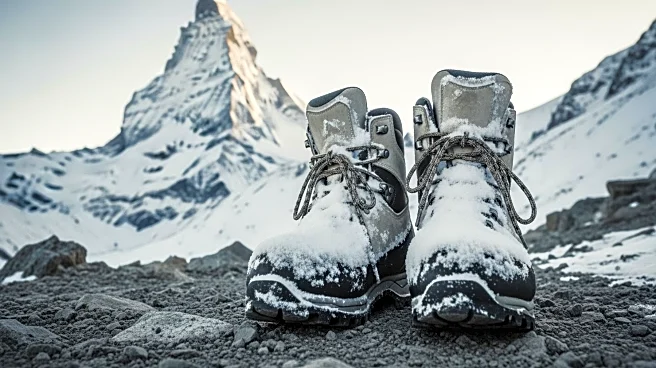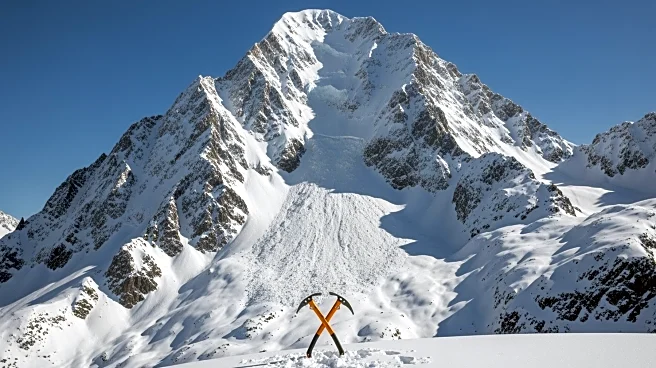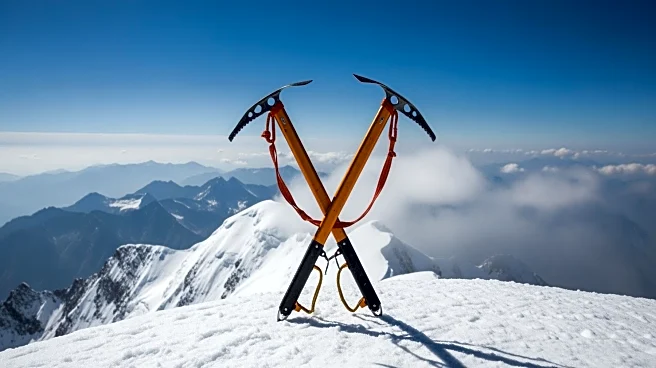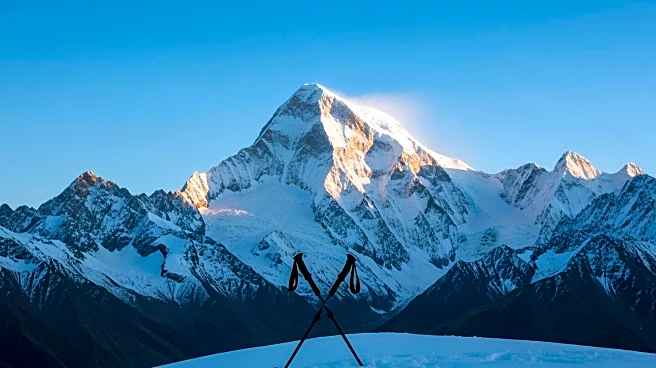What's Happening?
An avalanche on Mount Yalung Ri in Nepal has resulted in the deaths of at least three individuals, including a French national and two Nepali guides. The incident occurred at a base camp situated at an altitude
of 4,900 meters. A total of 16 climbers were present when the avalanche struck, and four foreign climbers remain missing. The group included climbers from France, Canada, and Italy. Rescue operations have been hampered by adverse weather conditions, with a rescue helicopter unable to reach the site due to bad weather. Efforts are ongoing to locate the missing climbers, with local climbers and guides assisting due to the challenging terrain and weather conditions.
Why It's Important?
The incident highlights the inherent risks associated with mountaineering, particularly in the Himalayas, which are known for unpredictable weather patterns exacerbated by climate change. The fatalities and missing climbers underscore the dangers faced by both experienced and novice climbers. This event may prompt a reevaluation of safety protocols and preparedness for climbing expeditions in the region. The tragedy also impacts the local economy, which relies heavily on tourism and mountaineering, as it may deter future climbers from attempting such expeditions.
What's Next?
Rescue operations are expected to continue as weather conditions permit. Authorities are coordinating with local climbers and guides to navigate the challenging terrain. The incident may lead to increased scrutiny of climbing conditions and safety measures in the Himalayas. Additionally, there may be calls for improved weather forecasting and communication to prevent similar tragedies in the future.
Beyond the Headlines
The avalanche raises questions about the impact of climate change on the Himalayas, where weather patterns have become less predictable. This unpredictability poses significant risks to climbers and may necessitate changes in how expeditions are planned and conducted. The event also highlights the need for enhanced training and resources for local rescue teams to better respond to such emergencies.













